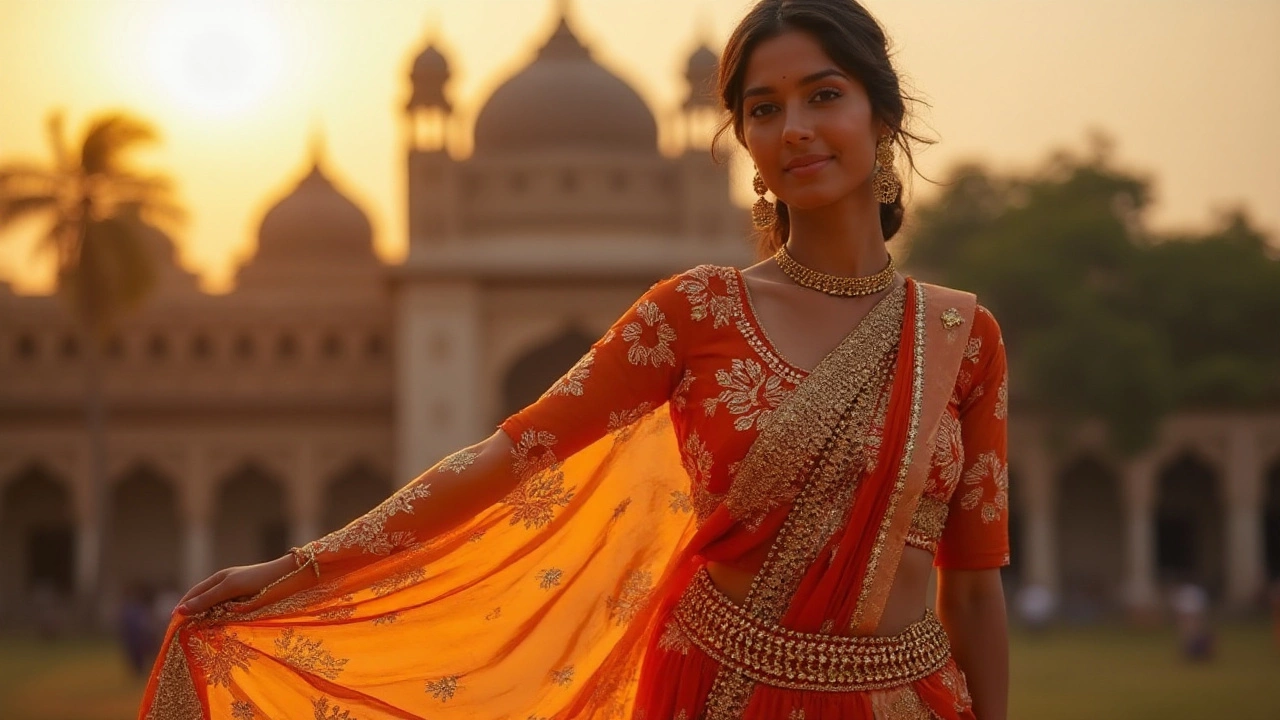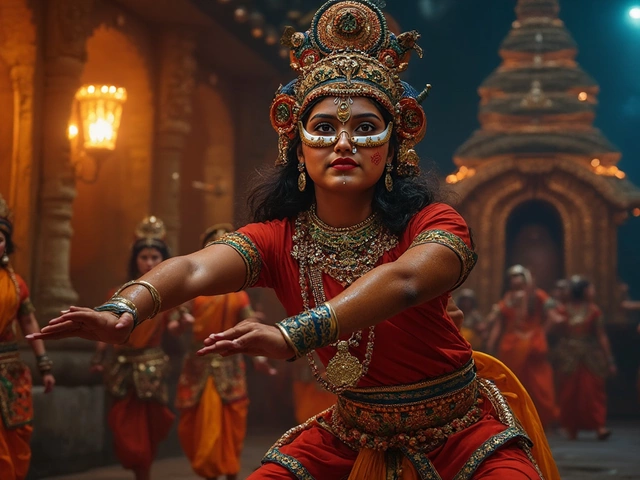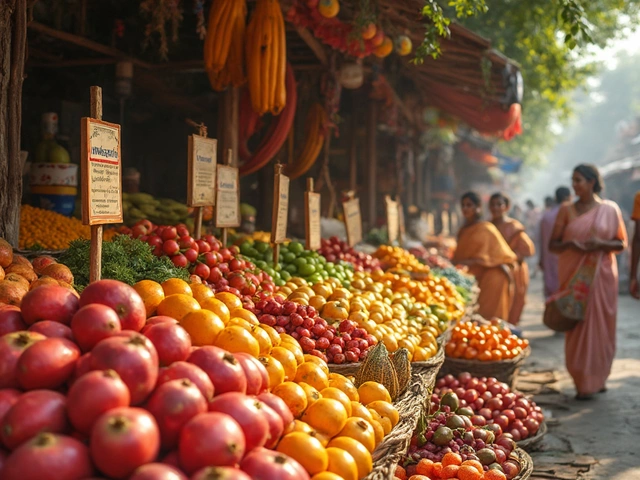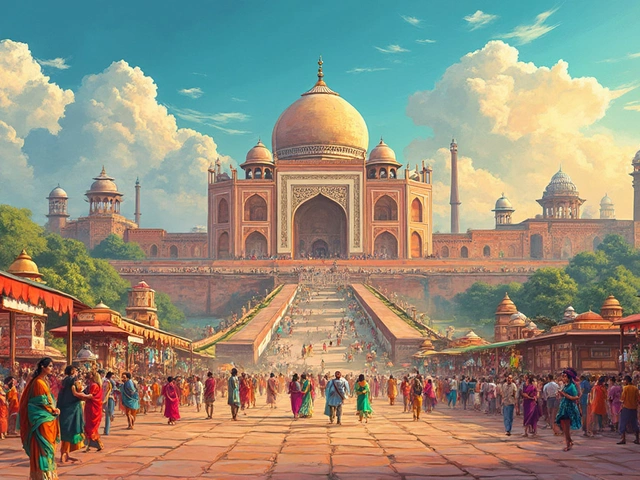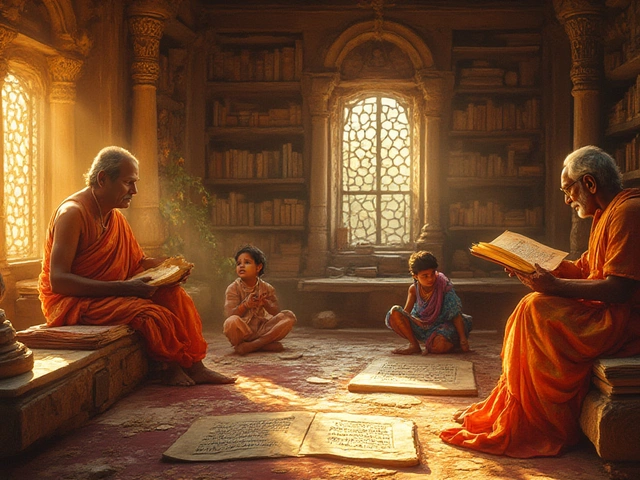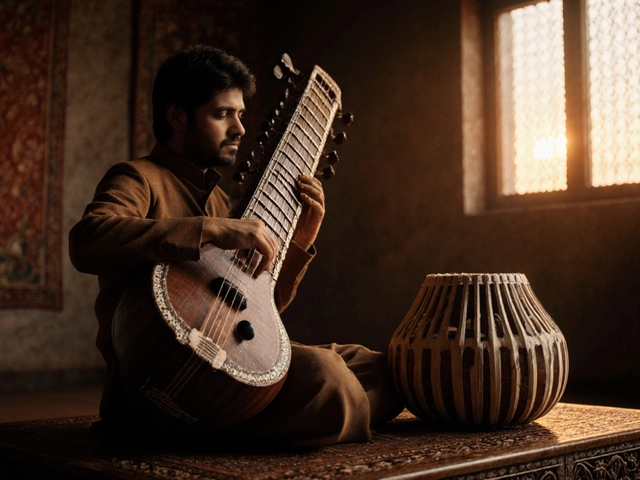Saree: The Timeless Indian Dress That Tells a Story
When you think of Indian clothing, one thing comes to mind: the saree, a six-to-nine-yard unstitched fabric worn as a draped garment, deeply tied to India’s regional identities and social rituals. Also known as sari, it’s not just worn—it’s lived in, passed down, and reimagined. No other garment in India carries as much history, emotion, and variation. From the silk of Banaras to the cotton of Chanderi, from the bold prints of Odisha to the delicate zari of Kanchipuram, the saree isn’t one thing—it’s hundreds of things, shaped by village, caste, climate, and ceremony.
What makes the saree powerful isn’t just how it looks, but how it’s worn. The way a woman drapes it tells you where she’s from. In Tamil Nadu, the Kanchipuram silk is folded with precision, the pallu pulled over the shoulder like a crown. In Maharashtra, the Nauvari style lets women move freely—riding bikes, working fields, dancing at weddings—without a single pin. In Bengal, the tant cotton saree is worn daily, simple and strong. And in Gujarat, the chaniya choli underneath turns the saree into a dance costume, swirling with color during Navratri. These aren’t just styles—they’re stories written in thread.
The saree doesn’t just belong to women—it belongs to the weavers, the dyers, the artisans who keep ancient looms alive. It connects to Indian textiles, handwoven fabrics rooted in centuries-old techniques like ikat, bandhani, and block printing. It ties into cultural attire, clothing that carries meaning beyond fashion, worn during rites of passage, religious events, and community gatherings. Even today, when young women choose jeans, they often reach for a saree for Diwali, a wedding, or their first job interview. Why? Because it’s not about tradition for tradition’s sake—it’s about belonging.
You’ll find sarees in every corner of India’s cultural landscape. They’re in the paintings of Pithora, worn by women in temple rituals. They’re in the streets of Ahmedabad, where artisans still hand-dye fabrics the way their grandmothers did. They’re in the quiet moments before a wedding, when a mother helps her daughter adjust the pallu for the first time. The saree doesn’t shout. It doesn’t need to. It speaks in folds, in color, in the weight of history on one shoulder.
Below, you’ll find real stories about how the saree fits into everyday life—from dress codes at Indian weddings to what it means to wear one in a modern city. You’ll see how it’s changing, how it’s staying the same, and why, after thousands of years, it still holds its ground. This isn’t just about clothing. It’s about identity, resilience, and the quiet power of something worn, not bought.
